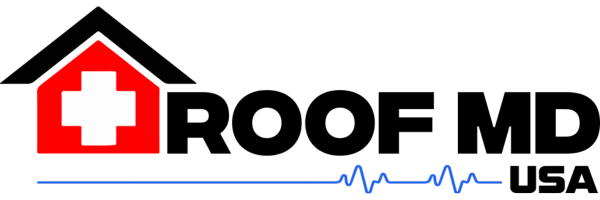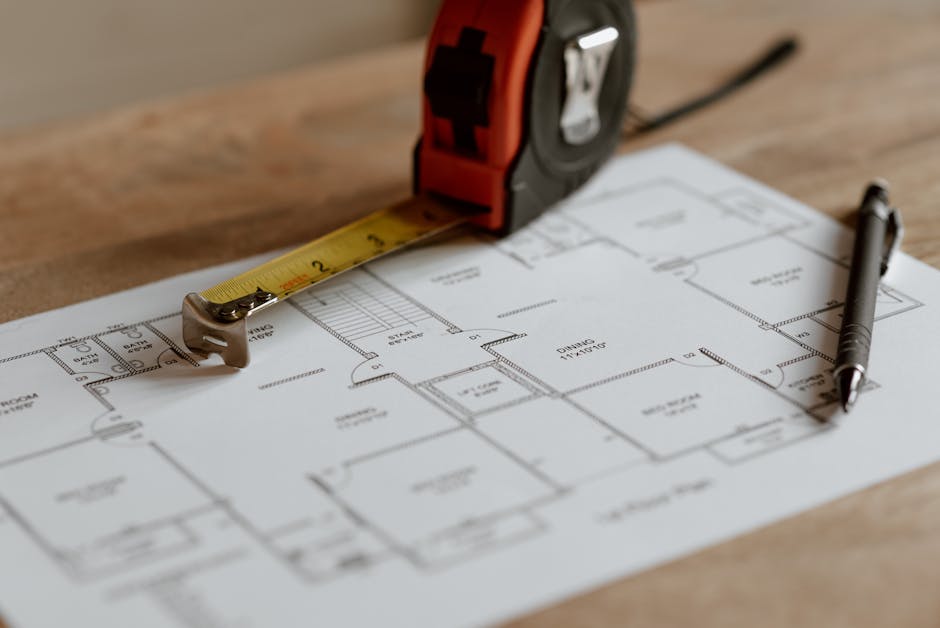Spotting early signs of damage in your home’s soffit can save you from hefty repair bills down the road. As a Roswell, GA homeowner, it’s important to know what to look out for. This guide will walk you through the top ten indicators that your soffit may need attention, from the obvious to the easily overlooked. With a friendly and straightforward approach, we’ll make sure you’re well-equipped to identify issues before they escalate.
1. Peeling Paint Signals Trouble Ahead
When you notice the paint on your soffits starting to peel, it’s not just an aesthetic issue; it’s a red flag. This peeling is often due to prolonged exposure to moisture, signaling underlying water damage. Ignoring this sign can lead to more severe structural problems. Regularly inspecting the condition of the paint can help you catch and address the issue early, saving you from a more complicated and expensive repair process down the line.
2. Evidence of Water Damage Draws Concern
Water damage is a critical indicator that your soffits are in trouble. Look out for tell-tale signs such as discoloration, swelling, or crumbling material. These symptoms suggest that water is finding its way into places it shouldn’t, potentially leading to rot and decay. Addressing water damage early is crucial to preventing further deterioration, which can have a domino effect on the overall structural integrity of your home.
3. Animal and Insect Infestations: An Unexpected Warning
An unexpected indicator of soffit damage is the presence of animal or insect infestations. Soffits can provide a perfect entry point for these unwelcome guests if there are even minor gaps or damage. Over time, these intruders can cause significant harm to your soffits and the larger structure of your home by creating more openings and exacerbating the existing damage. Keeping an eye out for signs of these critters can help you address soffit issues before they worsen.
4. Mold and Mildew: The Unseen Enemies
Mold and mildew growth on or around your soffits is a not-so-obvious sign that there’s excessive moisture or water damage lurking. Not only are mold and mildew unsightly, but they can also lead to health issues for your household. Identifying the cause of the growth and eliminating it is essential to prevent further damage and maintain a healthy living environment.
Detecting mold can sometimes be a challenge, especially if it’s growing in less visible areas. A musty smell is a good indicator that mold might be present. Paying attention to these less visible signs can help you uncover hidden problems with your soffits that might otherwise go unnoticed.
5. Cracking or Warping: Signs of Age or Damage
Cracks and warps in your soffits can be clear indicators of age-related wear or damage from environmental factors. These deformities may start small but can quickly grow, leading to significant issues. Regularly checking for and addressing any signs of cracking or warping can help extend the lifespan of your soffits and avoid more comprehensive repairs.
6. Sagging Sections Speak Volumes
Sagging soffits are more than just an eyesore; they are a glaring sign that your soffit is failing. This sagging can be due to a variety of reasons, including water damage, improper installation, or general wear and tear over time. If left unaddressed, sagging soffits can jeopardize the stability of your home’s exterior, making swift action essential.
7. Improper Ventilation and Its Consequences
Soffits play a key role in ventilating your attic and preventing moisture buildup, which can lead to mold and mildew. If your soffits are not properly ventilated, or if the ventilation systems are blocked or damaged, it could result in increased moisture and heat in your attic. Over time, this can contribute to a host of problems, including decreased energy efficiency and accelerated wear on your roofing materials.
8. Visible Gaps or Holes: Open Invitations for Problems
Gaps or holes in your soffits are open invitations for water, insects, and small animals to enter your home. These openings not only compromise the structural integrity of your soffits but can also lead to more significant issues such as water damage and infestations within your home. Periodically inspecting your soffits for any breach is key to preventing unexpected guests and potential damage.
9. Rusting Fixtures: More Than Just a Cosmetic Issue
While rusting fixtures on or around soffits might seem like a minor issue, they can actually be indicative of more significant problems. Rust suggests that there’s consistent moisture presence, which can contribute to the deterioration of surrounding materials. Addressing rust on fixtures quickly can prevent further damage to your soffits and other parts of your home’s exterior.
10. Increased Energy Bills: A Less Obvious Sign
An unexpected spike in your energy bills could be a sign of insufficient soffit ventilation. Properly functioning soffits help regulate the temperature in your attic and throughout your home, contributing to lower heating and cooling costs. If they’re damaged or blocked, your HVAC system may have to work harder to maintain a comfortable temperature, leading to higher energy bills. If you notice a sudden change in your energy costs, it might be worth checking your soffits for any signs of damage or blockage.


